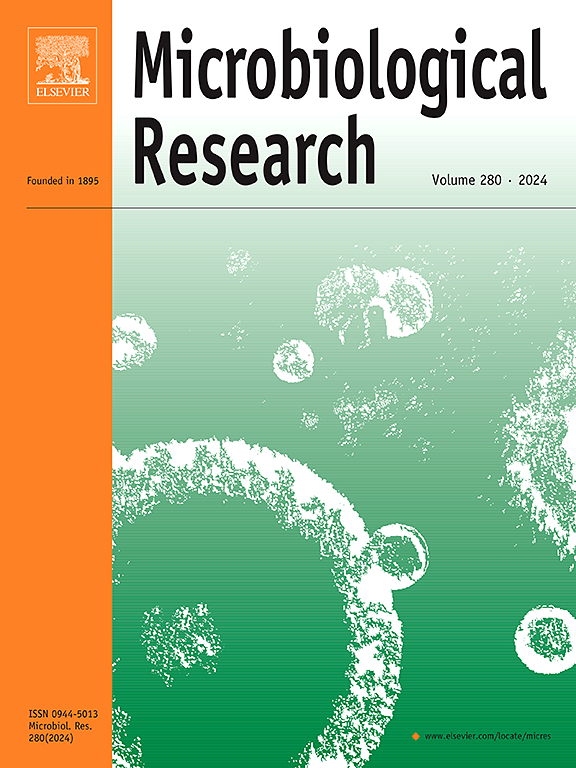Cryosphere microbial communities as a reservoir of hidden risks to human and ecosystem’s health
IF 6.1
1区 生物学
Q1 MICROBIOLOGY
引用次数: 0
Abstract
Cold environments harbour a variety of psychrophilic microbes adapted to survive in a range of habitats, such as sea-ice, permafrost, rivers, surface and subglacial lakes, and lake brines. In polar environments, which are particularly sensitive to climate change, increasing temperatures and freezing-thawing phenomena of frozen substrates can lead to the release of cold-adapted microorganisms and also of non-psychrophilic species that have been trapped and preserved in ice for thousands to millions of years. Some of the dormant microorganisms can be reactivated, potentially threatening the eco-environment and human health. This review aims to summarize the current knowledge on potential pathogenic and biosecurity risks associated with both psychrophilic and non-psychrophilic microorganisms released following permafrost and ice melting, addressing some case studies regarding the outbreak of infectious diseases. The potential impacts on public health underline the need for new strategies to prevent and manage new diseases caused by the release of ancient pathogens.
冰冻圈微生物群落是人类和生态系统健康潜在风险的储存库
寒冷的环境孕育着各种适合在各种栖息地生存的嗜冷微生物,如海冰、永久冻土、河流、表面和冰下湖泊以及湖泊盐水。在对气候变化特别敏感的极地环境中,温度的升高和冰冻基质的冻解现象可能导致适应冷的微生物的释放,也可能导致被困在冰中并保存了数千至数百万年的非嗜冷物种的释放。一些休眠的微生物可以被重新激活,潜在地威胁生态环境和人类健康。这篇综述旨在总结目前关于永久冻土和冰融化后释放的嗜冷和非嗜冷微生物的潜在致病性和生物安全风险的知识,并针对一些关于传染病爆发的案例研究进行了讨论。对公共卫生的潜在影响强调需要制定新的战略,以预防和管理由古老病原体释放引起的新疾病。
本文章由计算机程序翻译,如有差异,请以英文原文为准。
求助全文
约1分钟内获得全文
求助全文
来源期刊

Microbiological research
生物-微生物学
CiteScore
10.90
自引率
6.00%
发文量
249
审稿时长
29 days
期刊介绍:
Microbiological Research is devoted to publishing reports on prokaryotic and eukaryotic microorganisms such as yeasts, fungi, bacteria, archaea, and protozoa. Research on interactions between pathogenic microorganisms and their environment or hosts are also covered.
 求助内容:
求助内容: 应助结果提醒方式:
应助结果提醒方式:


